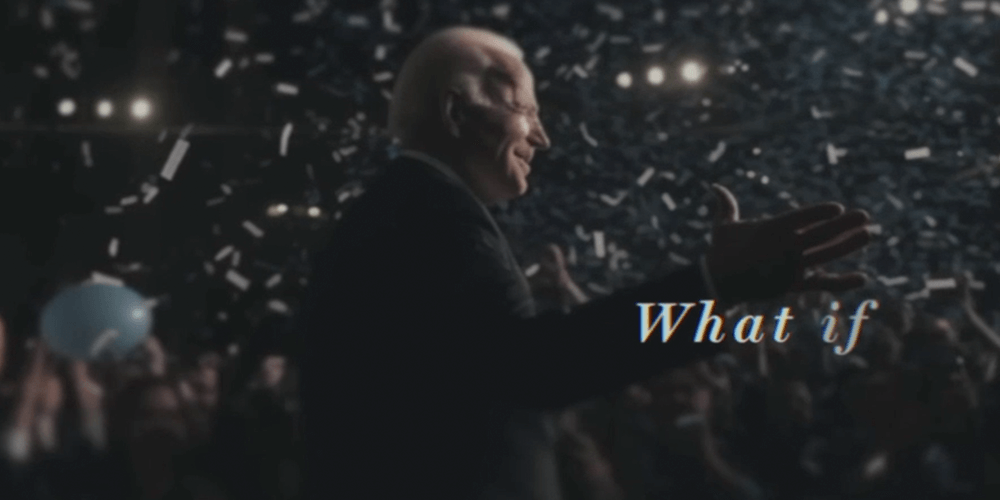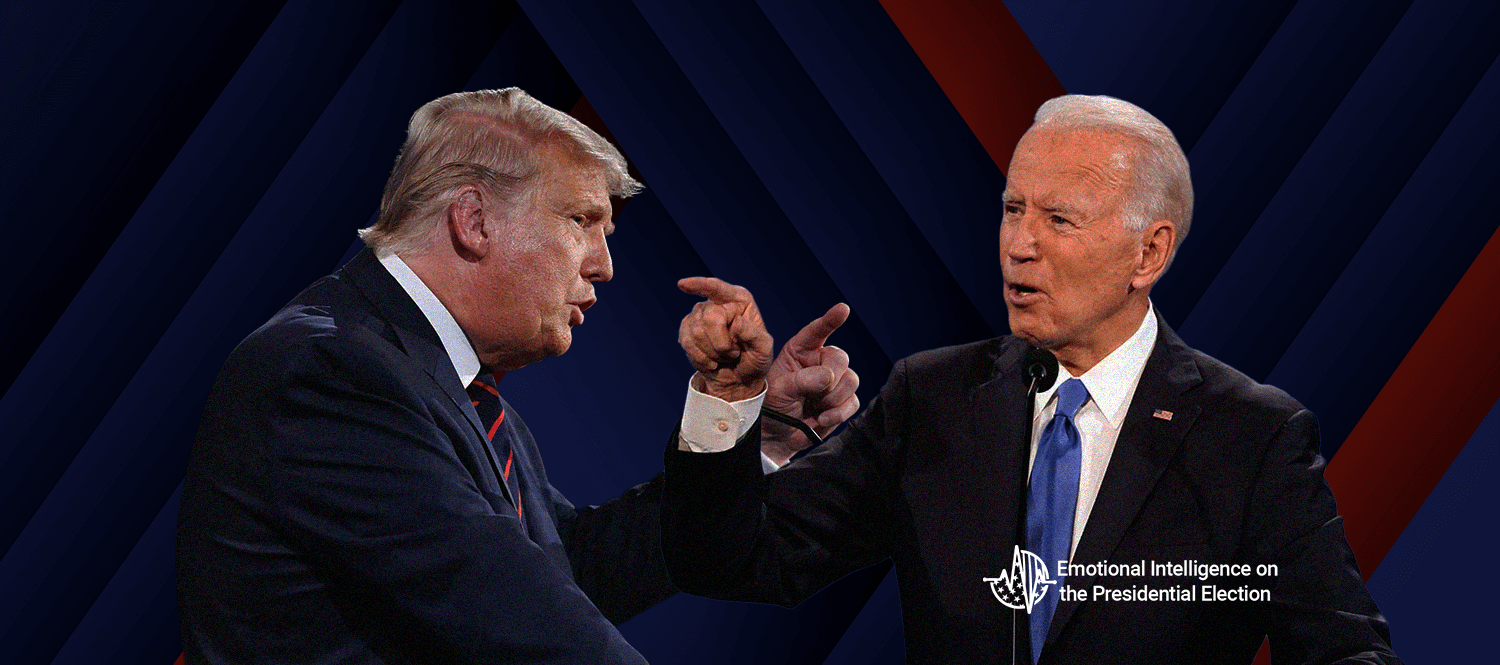Can Biden Protect Our Basic Freedoms?

President Biden’s first television ad for his re-election campaign aired on national cable channels and 15 different television markets across six battleground states. Despite the wide reach and high aspirations, the 90 second spot failed to deliver a succinct narrative that moved the audience.
Biden’s defense of freedom and democracy is the intended cornerstone message of “Flag”. However, the ad tries to do too much, attempting to evoke feelings of pride, contentment, and hope in viewers after seeding feelings of disgust, anxiety, and fear. While the coupling of any two of these motivational emotions could be effective in a short-form narrative, the 90-second form gives the Biden creative team too much track to navigate. The result is not a smooth, persuasive emotional journey, but rather a jarring emotional roller coaster, leaving viewers wondering if they ever want to get on that ride again.
Biden’s “Flag” advertisement features a dramatic voiceover reminiscent of a ‘60s newscaster. The narrator evokes nostalgia for the country’s foundational principles while warning voters of the threats against them from Biden’s opponents. The ad references key issues dividing the country such as women’s healthcare, gun violence, and voting with the promise that Biden will uphold democracy and protect the rights of citizens. Throughout the creative, the flag is woven into the narrative to implicitly attach its symbolic significance to Biden.
Was this the right approach for Biden? Did it strengthen his position as the nation’s leader? Or was the spot a cue to the audience that it’s time for a change in leadership?
To understand the emotional experience of voters and learn how attitudes for Biden changed, Sentient studied the ad using RAPID Subtext.
Our Findings
Despite the emphasis that he is the best candidate to “defend our basic freedoms”, Biden is viewed as less of a leader after exposure to the ad. Additionally, while the ad may have slightly lifted Implicit Appeal for Biden, it significantly lifted Implicit Appeal for his Republican opponent, Donald Trump. These factors combined with the ad’s inability to emotionally engage and influence the audience suggest the ad does more harm than good for Biden’s campaign.
“Flag” is an underperforming 90-second asset, however, there is important learning for the Biden campaign in the analysis of voter emotional response that could turn this 90-second dud, into more powerful short-form messaging. Understanding why the ad underperformed and what message points shaped the audience’s emotional journey benefits Biden’s campaign and future creative.
Key Takeaways
- Scientific study of “Flag” revealed that the advertisement attempted too much. There were too many messages and emotional swings to tell a cohesive story. In its effort to appeal to the greatest swath of voters possible, the spot fails to deliver a clear narrative for the audience.
- Emotional analysis reveals promise for specific messages that aid Biden’s campaign, if they could be delivered in a more clear and focused narrative.
- Biden defending our basic freedoms that are under attack from an extreme movement.
- The freedom for women to make their own healthcare decisions is motivational for women, including Republicans. This message made Republican women feel greater emotional appeal for Biden.
- The flag imagery used evokes patriotic emotions and supports the belief that Biden will not let the promise of American democracy break.
- Emotional reactions from men proved to be more extreme and polarized compared to women. This indicates that the opinions of men in this election may be harder to move, and that the female vote is where political ad spend stands to have the greatest influence in 2024.
Overall, optimizing the narrative to focus on fewer, more pointed messages–especially messages that evoke emotion in women–is the key insight for the Biden creative team. Establishing a target audience and developing an easy-to-follow storyline will help Biden articulate his position and increase his image as a leader.


